Hard Costs
Learn about hard costs in Canadian construction — what they include, why they matter, and their role in project budgeting.

July 29, 2025
What are Hard Costs?
Hard costs in construction are the direct, tangible costs of physically building a project, such as materials, labour, and equipment.
Why Hard Costs Matter in Real Estate
In Canadian real estate development, accurately estimating hard costs is essential for budgeting and securing financing.
Examples of hard costs:
- Building materials (e.g., concrete, steel, lumber)
- Contractor and subcontractor labour
- On-site equipment and machinery
Understanding hard costs helps developers and lenders assess project feasibility and manage construction budgets.
Example of Hard Costs in Action
The developer’s hard costs included all materials and subcontractor expenses required to build the condominium tower.
Key Takeaways
- Direct costs of building a project
- Includes materials, labour, and equipment
- Excludes administrative and financing costs
- Crucial for budgeting and financing
- Impacts overall project profitability
Related Terms
- Soft Costs (Construction)
- Construction Loan
- Budgeting
- Holdback (Construction Financing)
- Draw Schedule



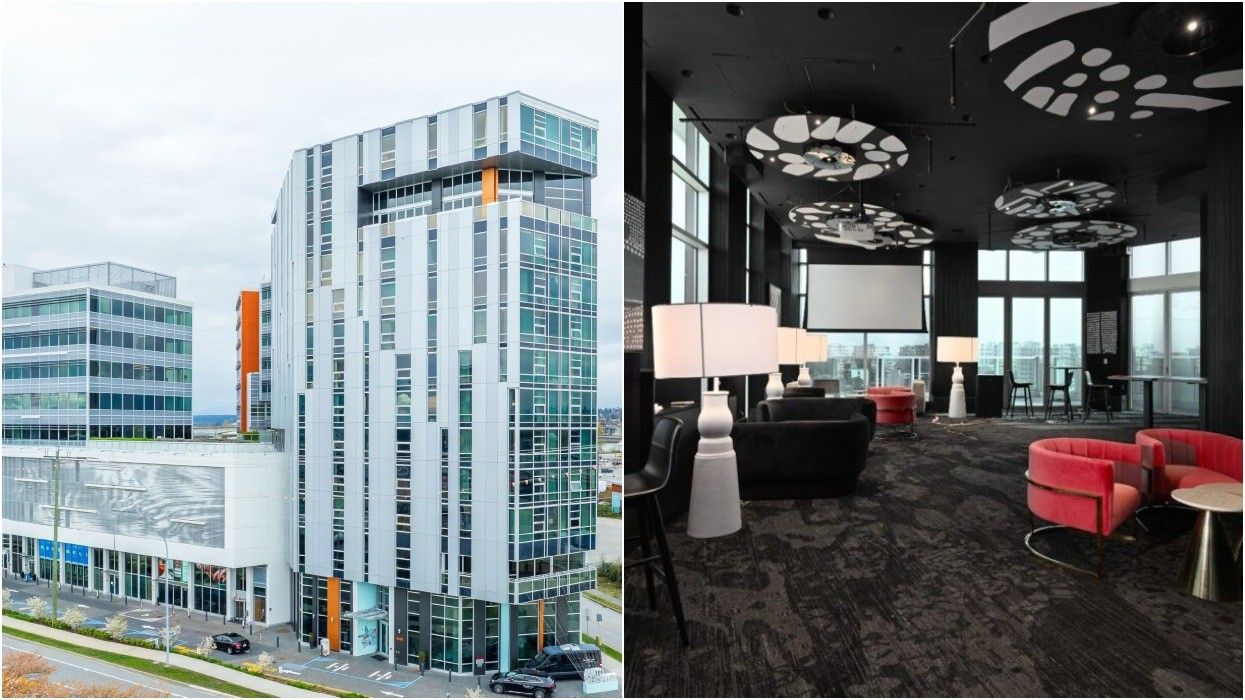
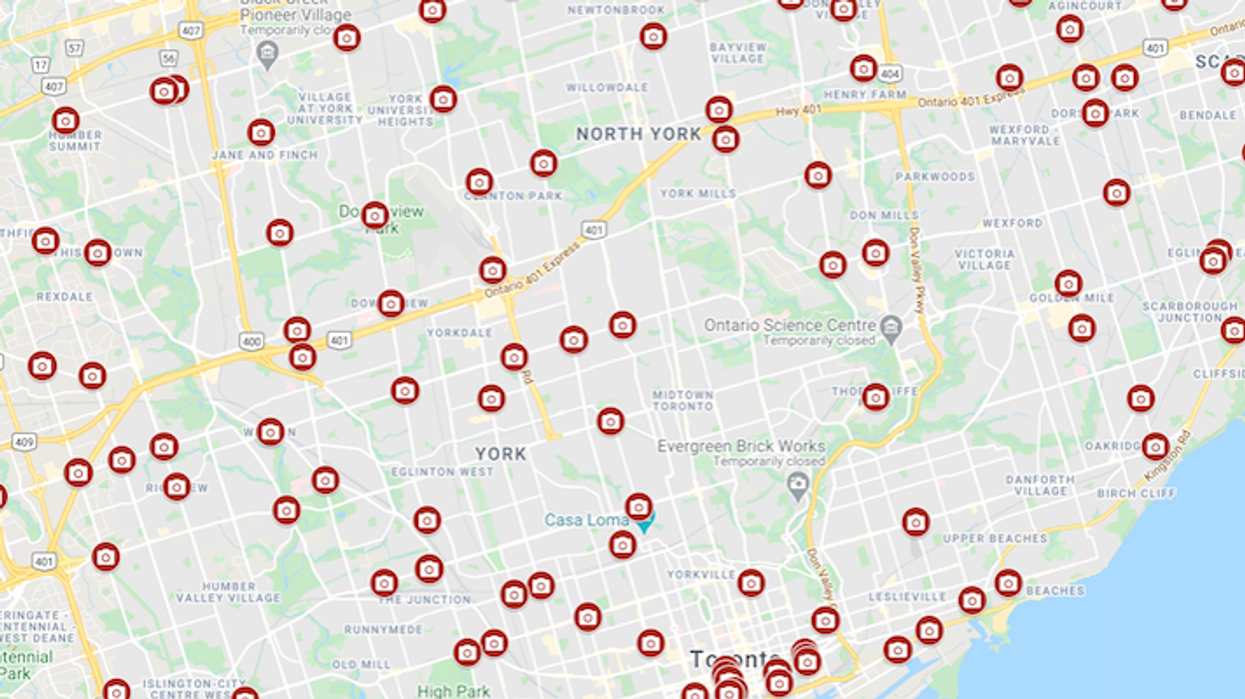



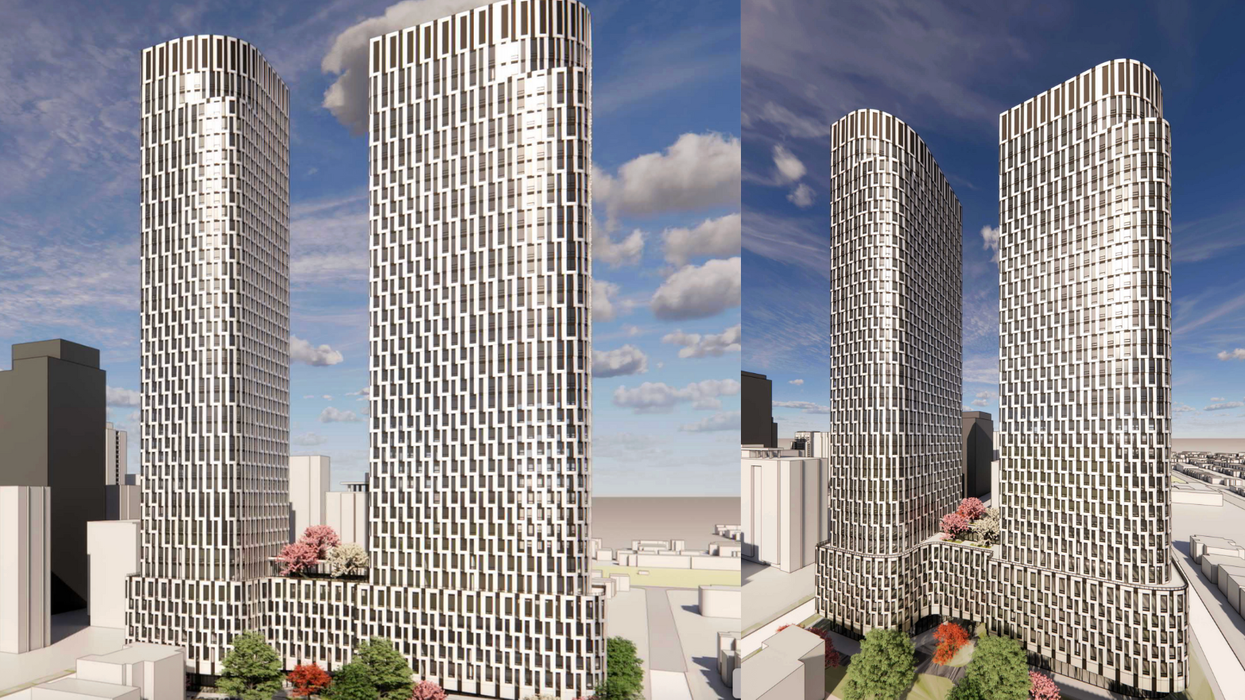


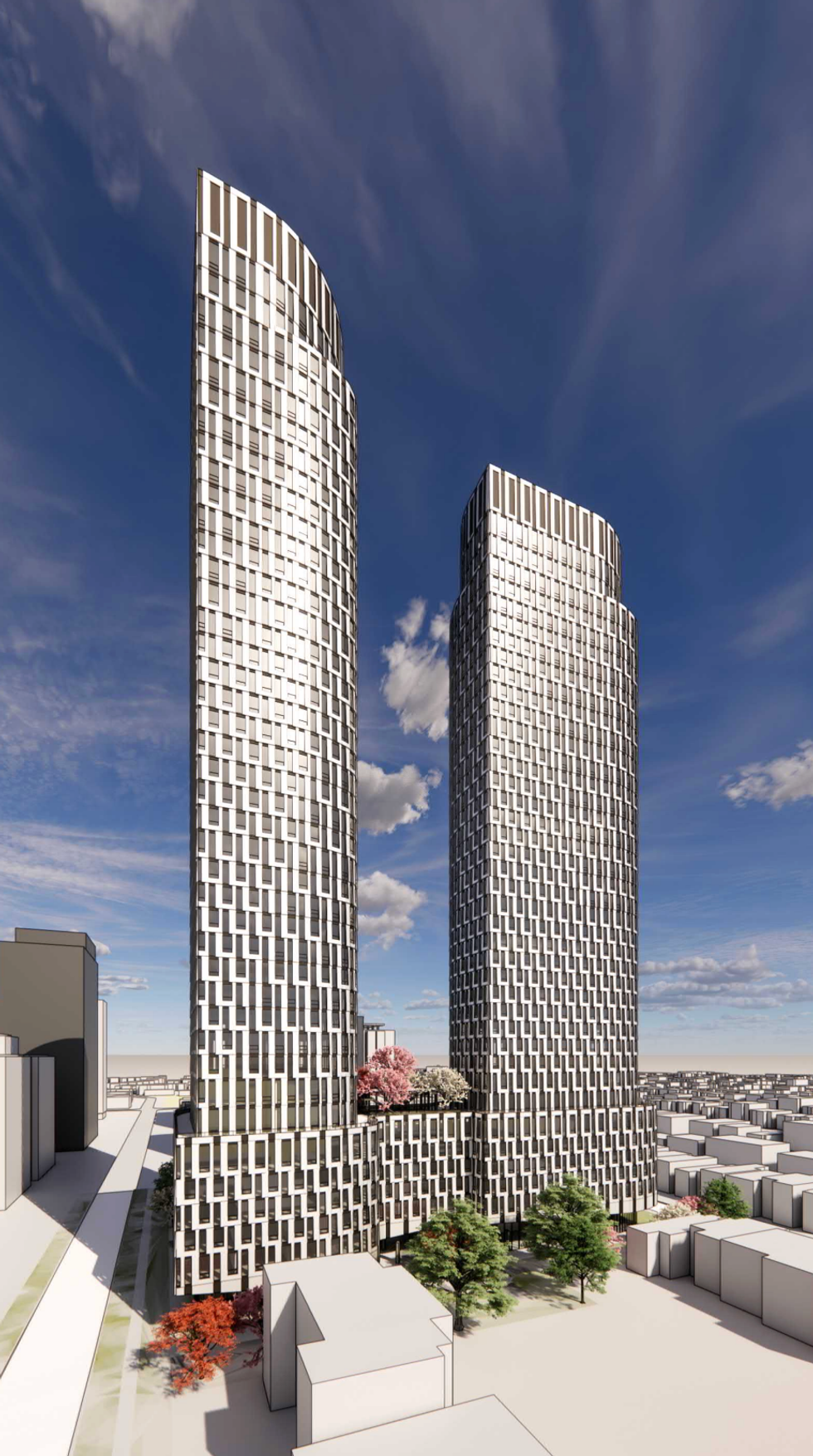
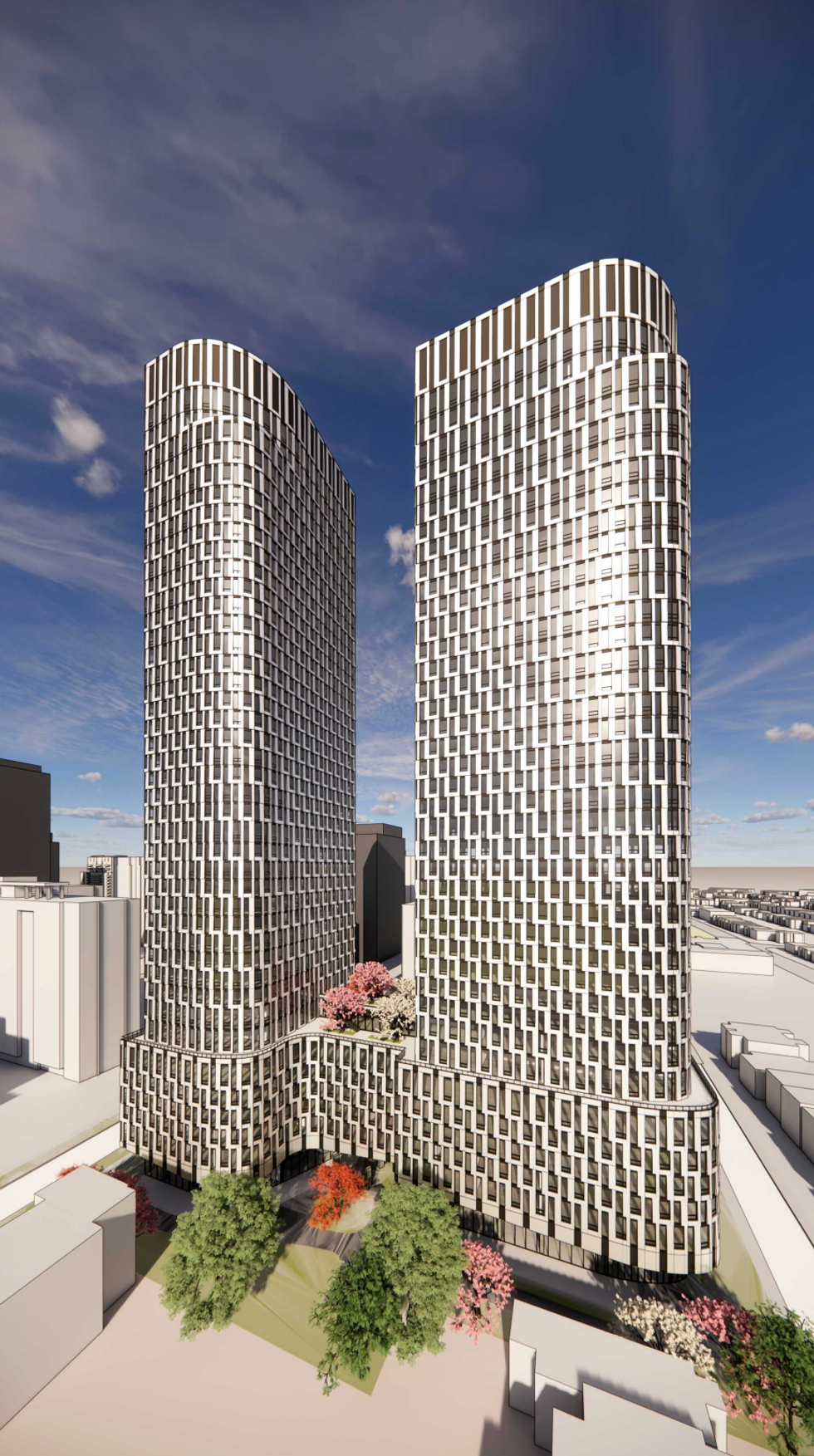
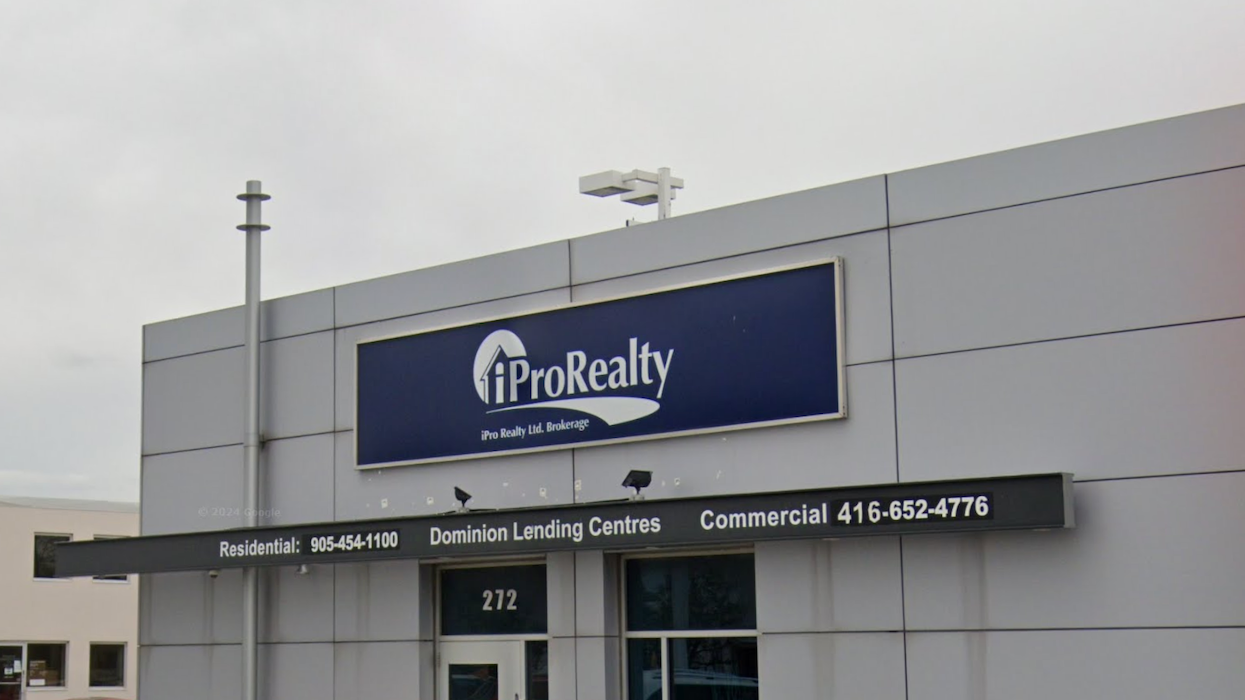

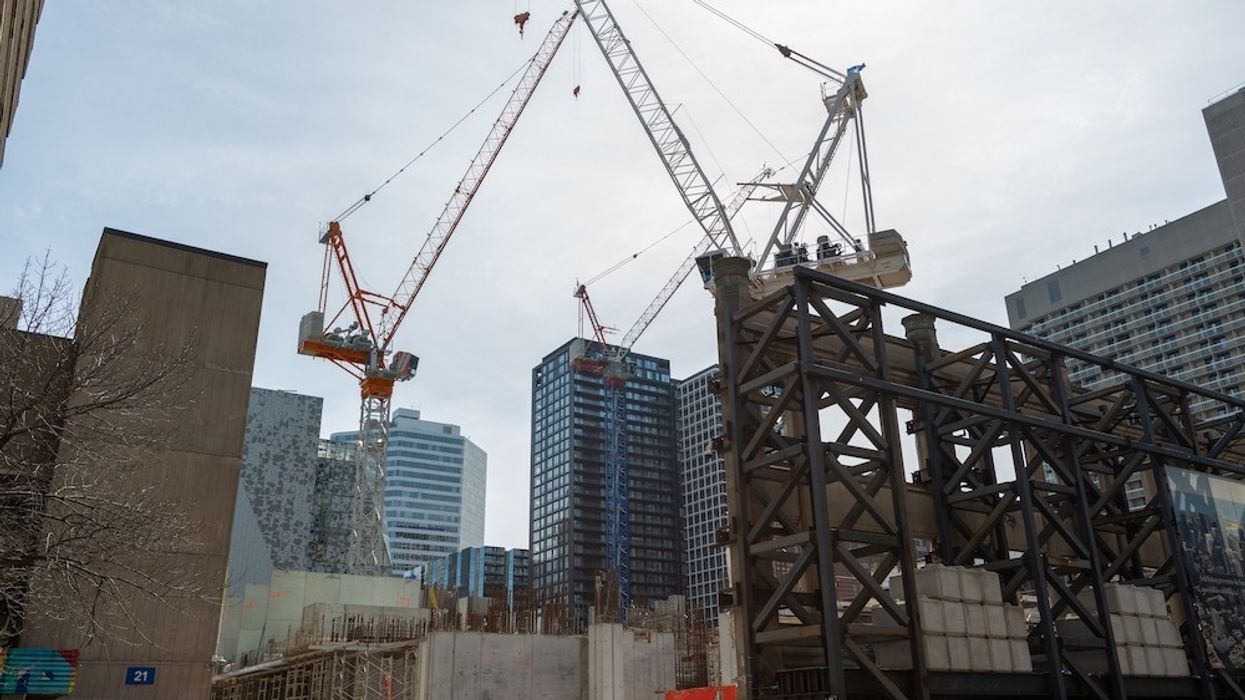
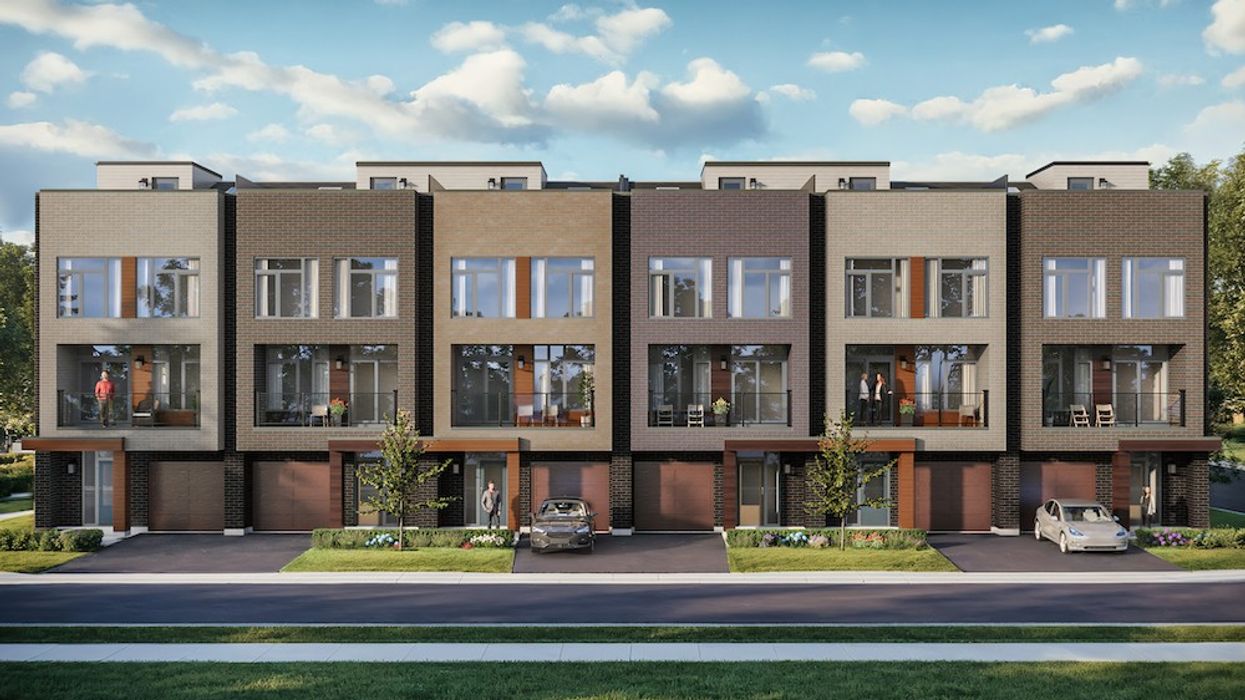
 Camcos Living
Camcos Living Shutterstock
Shutterstock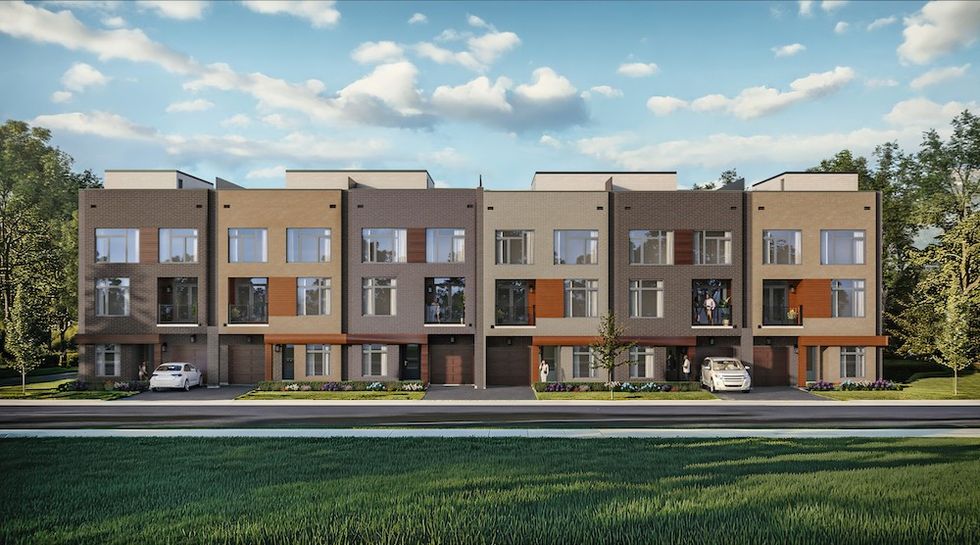 Little Rouge Block G/Camcos
Little Rouge Block G/Camcos Camcos Living
Camcos Living Camcos Living
Camcos Living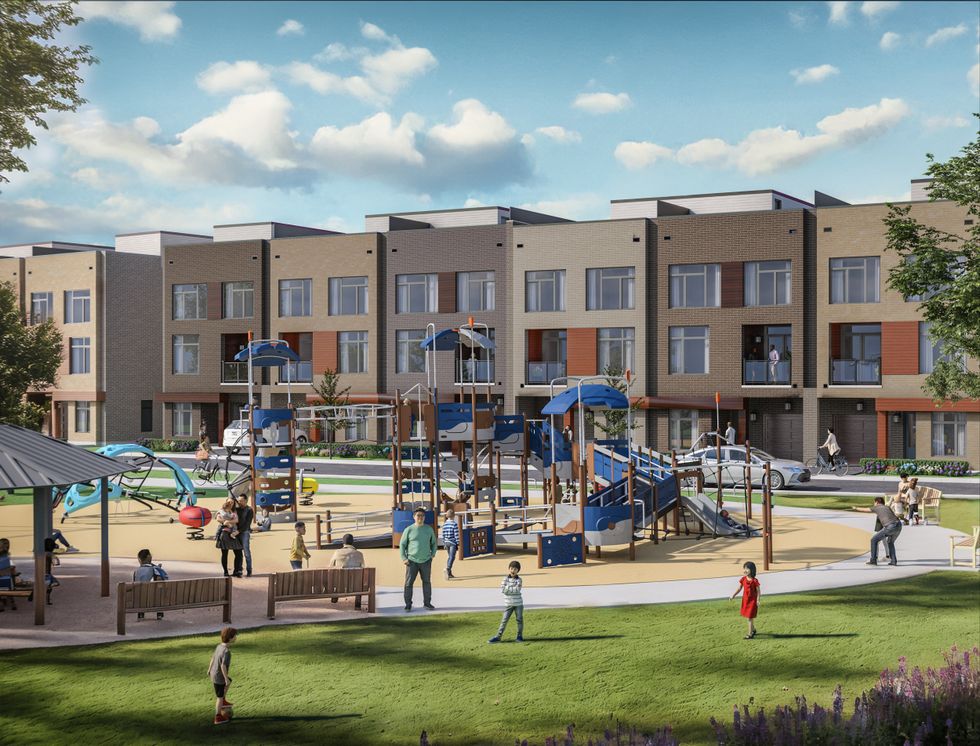 Camcos
Camcos